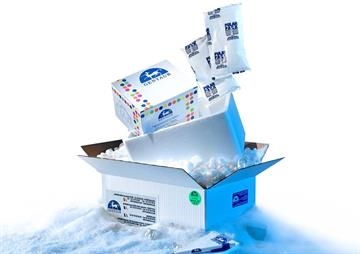ICAM-1 Monoclonal Antibody
0.01 €Ask for quotation
0.01 €Ask for quotation
On request
quantity
product details
Catalog number: 772 - BT-MCA0762-50ul
Product Category: Business & Industrial > Science & Laboratory
Supplier:
Gentaur
Size: 50ul
This gene encodes a cell surface glycoprotein which is typically expressed on endothelial cells and cells of the immune system. It binds to integrins of type CD11a / CD18, or CD11b / CD18 and is also exploited by Rhinovirus as a receptor.











